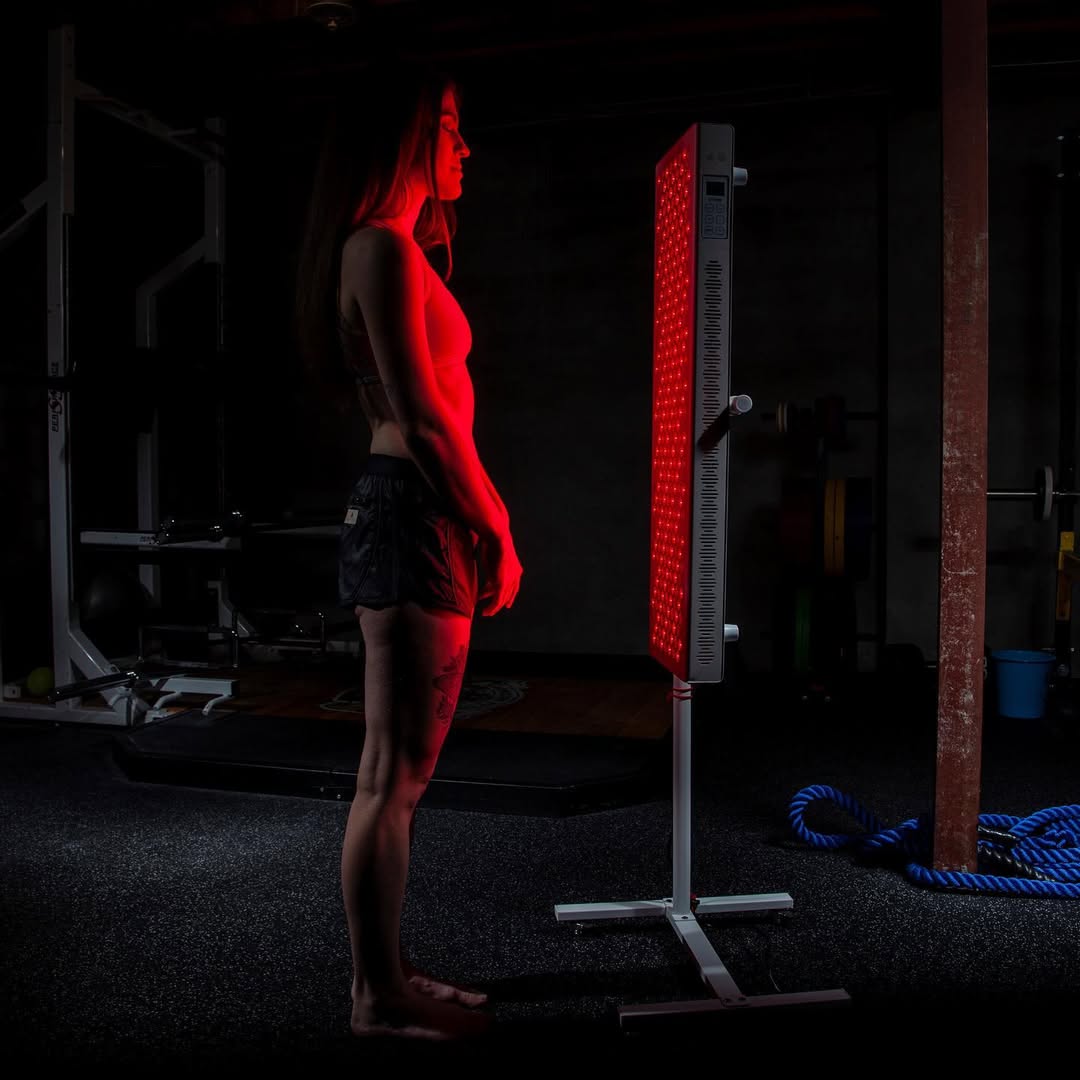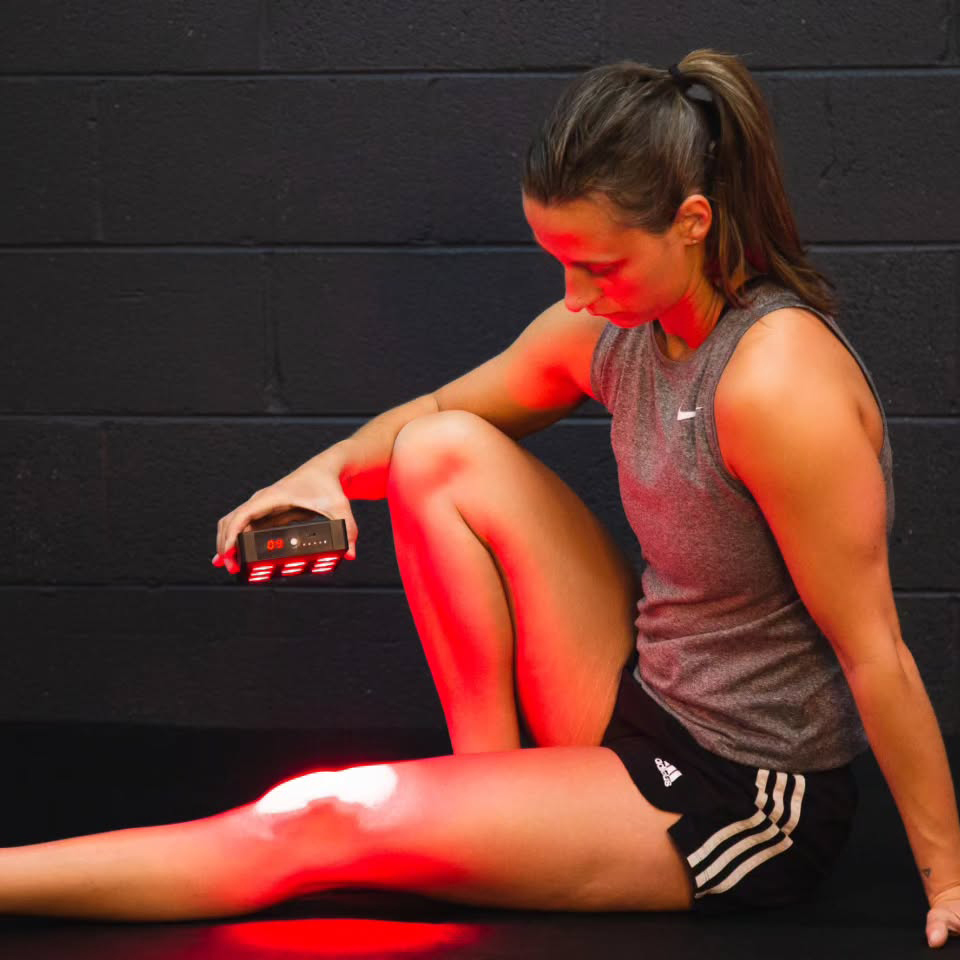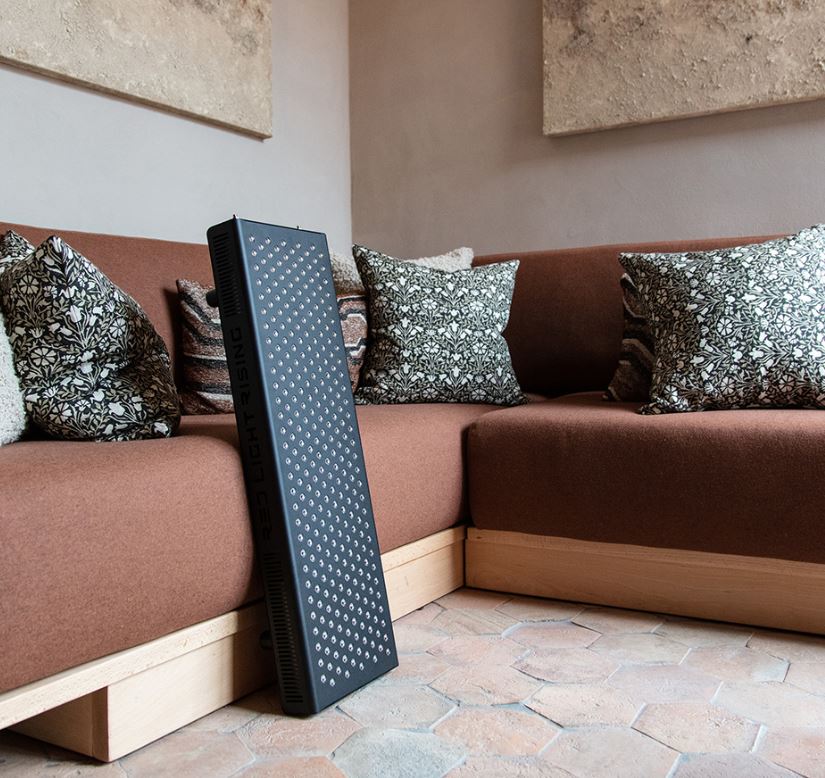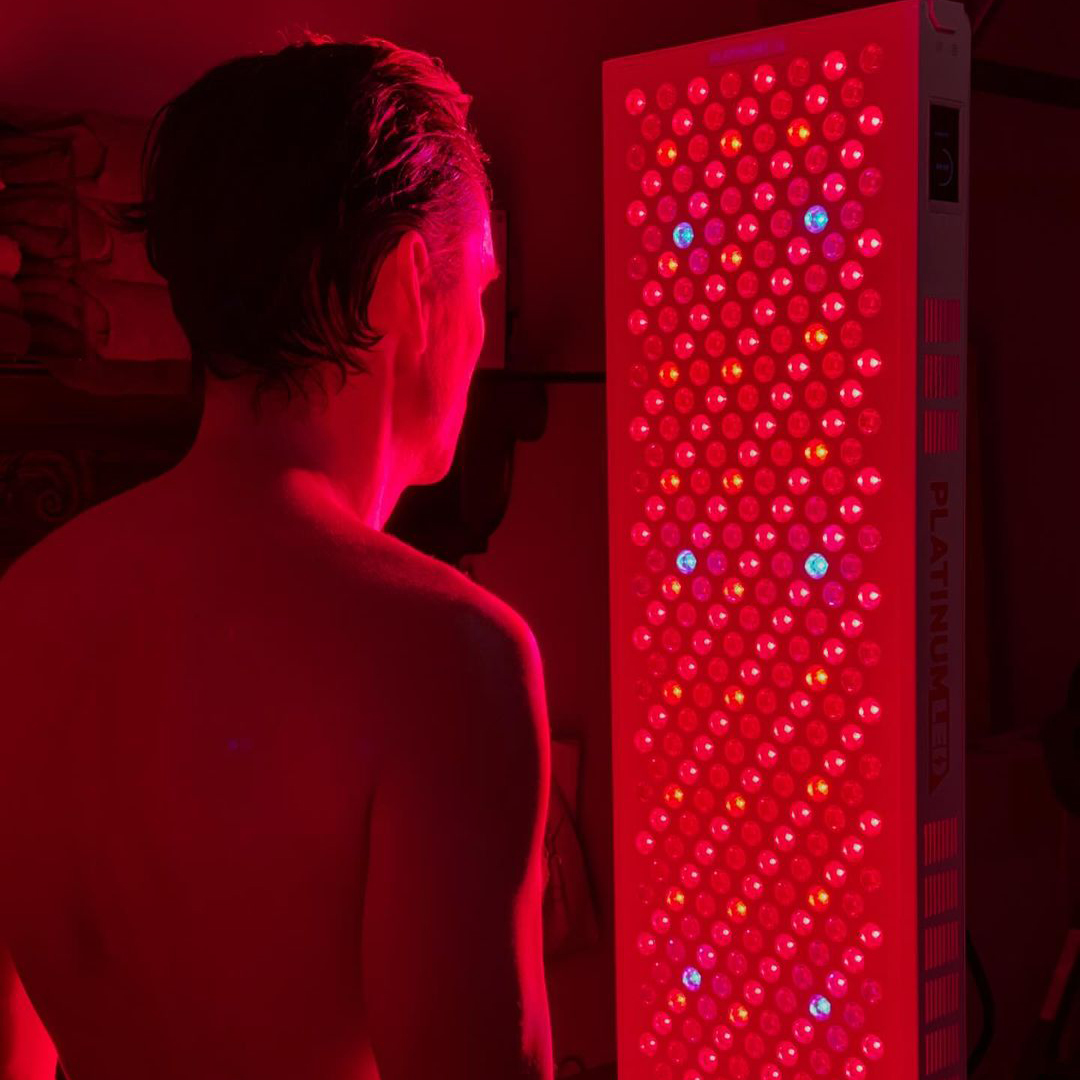![]() Free Shipping
Free Shipping ![]() Buy Now, Pay Later
Buy Now, Pay Later ![]() Eligible
Eligible
Red Light Therapy for Glaucoma: Protecting Vision and Reducing Eye Strain

In today’s digital age, our eyes are under constant strain. From prolonged screen time to environmental stressors, maintaining optimal eye health is more challenging than ever. For those suffering from glaucoma—a leading cause of irreversible blindness—protecting vision becomes even more critical.
While traditional treatments like medications and surgery remain the standard of care, emerging therapies like red light therapy (RLT) are gaining attention for their potential benefits in managing glaucoma and reducing eye strain. But does it really work? And how can it be safely incorporated into an eye care routine?
This comprehensive guide explores:
- The science behind red light therapy
- How glaucoma damages vision
- Research on RLT for glaucoma and optic nerve protection
- Practical ways to use red light therapy for eye health
- Complementary strategies to reduce eye strain
By the end, you’ll have a clear understanding of whether red light therapy could be a valuable tool in protecting your vision.
Understanding Glaucoma: The Silent Thief of Sight
What Is Glaucoma?
Glaucoma is a group of eye diseases characterized by progressive damage to the optic nerve, often due to elevated intraocular pressure (IOP). If left untreated, it leads to irreversible vision loss, starting with peripheral vision and eventually causing blindness.
Types of Glaucoma
- Primary Open-Angle Glaucoma (POAG) – The most common form, where the eye’s drainage canals become clogged over time, increasing IOP.
- Angle-Closure Glaucoma – A sudden blockage of drainage canals, causing a rapid rise in IOP (a medical emergency).
- Normal-Tension Glaucoma – Optic nerve damage occurs despite normal IOP levels.
- Secondary Glaucoma – Caused by other conditions like diabetes, trauma, or steroid use.
Current Treatments for Glaucoma
- Medications (eye drops to lower IOP)
- Laser therapy (to improve fluid drainage)
- Surgery (trabeculectomy, drainage implants)
While these treatments help manage IOP, they don’t always prevent further optic nerve damage. This is where neuroprotective therapies, like red light therapy, come into play.
What Is Red Light Therapy?
Red light therapy (RLT), also known as low-level laser therapy (LLLT) or photobiomodulation (PBM), involves exposing tissues to red or near-infrared (NIR) light (wavelengths 600-1000 nm). Unlike UV light, which damages cells, RLT enhances cellular function by stimulating mitochondrial energy production (ATP).
How Does Red Light Therapy Work?
- Boosts Mitochondrial Function – Light photons are absorbed by cytochrome c oxidase in mitochondria, enhancing ATP production.
- Reduces Oxidative Stress – Helps neutralize harmful free radicals.
- Improves Blood Flow – Enhances circulation, delivering more oxygen and nutrients.
- Reduces Inflammation – Modulates inflammatory cytokines.
These mechanisms make RLT a promising tool for neuroprotection—critical for glaucoma patients.
VELLGUS Elite V2
THE #1 RATED RED LIGHT DEVICE
VELLGUS pro V2
THE #1 RATED FULL BODY RED LIGHT DEVICE
Can Red Light Therapy Help with Glaucoma?
1. Protecting the Optic Nerve
Glaucoma damages retinal ganglion cells (RGCs) and their axons in the optic nerve. Research suggests RLT may:
- Increase cell survival by enhancing mitochondrial function.
- Reduce apoptosis (cell death) in RGCs.
- Improve axonal transport, keeping nerve fibers healthy.
A 2020 study in Scientific Reports found that 670nm red light (delivered for 3 minutes daily) significantly reduced retinal cell death in animal models of glaucoma.
2. Lowering Intraocular Pressure (IOP)
While RLT isn’t a direct IOP-lowering treatment, some studies suggest it may improve aqueous humor outflow, potentially aiding drainage.
3. Enhancing Blood Flow to the Retina
Poor ocular blood flow is a key factor in glaucoma progression. RLT has been shown to:
- Increase nitric oxide production, improving circulation.
- Reduce vascular resistance in retinal arteries.
A 2019 study in Ophthalmology reported improved retinal blood flow in glaucoma patients after RLT.
4. Reducing Oxidative Stress & Inflammation
Glaucoma involves chronic oxidative damage. RLT helps by:
- Boosting antioxidant enzymes (e.g., superoxide dismutase).
- Lowering pro-inflammatory markers (TNF-α, IL-6).
Clinical Evidence: What Do Studies Say?
| Study | Findings |
|---|---|
| Fitzgerald et al. (2013) | 670nm light improved mitochondrial function in optic nerve cells. |
| Ivandic & Ivandic (2014) | Glaucoma patients using RLT showed improved visual field sensitivity. |
| Hu et al. (2020) | Daily red light exposure reduced retinal ganglion cell death in mice. |
| Gkotsi et al. (2021) | RLT improved retinal blood flow in human glaucoma patients. |
While promising, more large-scale human trials are needed to confirm optimal dosing and long-term effects.
How to Use Red Light Therapy for Glaucoma & Eye Strain
1. Choosing the Right Device
- Wavelength: 630-670nm (red) or 800-850nm (NIR) are most studied.
- Power Density: 10-100 mW/cm² (low to moderate intensity).
- FDA-Cleared Devices: Some RLT goggles (e.g., Luminette, Re-Timer) are designed for eye health.
2. Safe Application
- Duration: 1-5 minutes per session (start low, monitor tolerance).
- Distance: 6-12 inches from closed eyelids (avoid staring directly).
- Frequency: Daily or every other day.
3. Combining with Other Eye-Healthy Habits
- Regular eye exams (monitor IOP and optic nerve health).
- Blue light filters (reduce digital eye strain).
- Antioxidant-rich diet (leafy greens, omega-3s, lutein).
- Exercise (improves ocular blood flow).
Potential Risks & Considerations
- Overexposure may cause temporary dryness or irritation.
- Not a replacement for conventional glaucoma treatments.
- Consult an ophthalmologist before starting RLT.
Conclusion: Is Red Light Therapy Worth Trying?
While red light therapy isn’t a cure for glaucoma, emerging research suggests it may slow optic nerve degeneration, improve blood flow, and reduce oxidative stress—complementing traditional treatments.
For those with early-stage glaucoma or high eye strain, RLT could be a safe, non-invasive addition to an eye care regimen. As always, consult your eye doctor before making changes to your treatment plan.
Final Takeaways
✅ RLT may protect retinal cells by enhancing mitochondrial function.
✅ May improve ocular blood flow, crucial for glaucoma patients.
✅ Safe when used correctly—start with short sessions.
❌ Not a substitute for prescribed glaucoma treatments.
By integrating red light therapy with a holistic eye care approach, you can take proactive steps toward preserving your vision for years to come.








